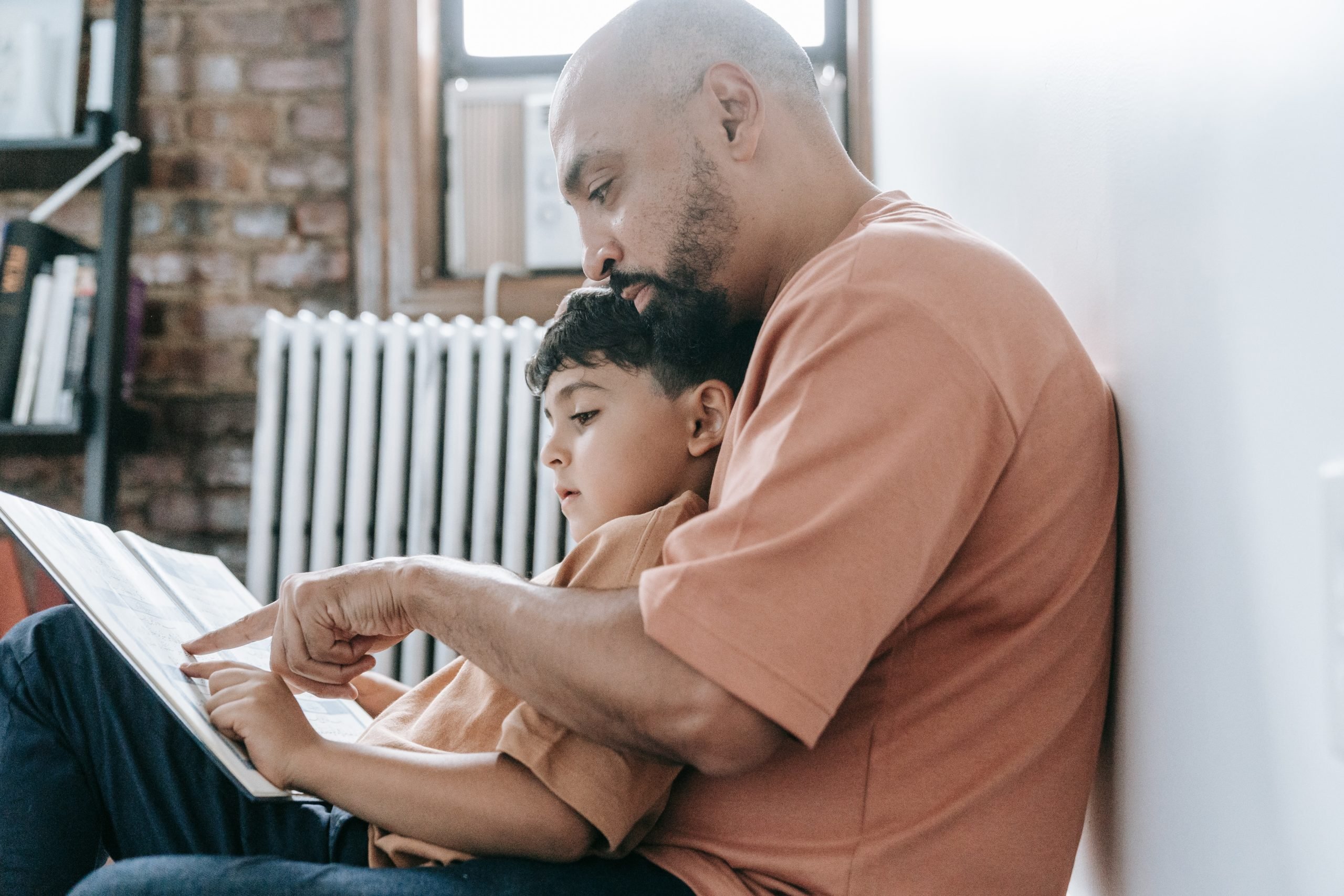Narrative Foundations: Introduction to Basic Story Structure and the Beginnings of More Complex Language
Here is a list of the books your child may be reading in his/her Stage 2 intervention. You may wish to sign this book out from the library, or have a conversation about the story with your child. You can also borrow a virtual copy of some of the LITES books through UGDSB. Instructions on how to access LITES e-Books and Audiobooks can be found by clicking the following link:
How to Access LITES eBooks and Audiobooks
Books 1-6 Farmyard Tales
Book 1: Pig Gets Lost
By: Heather Amery & Stephen Cartwright
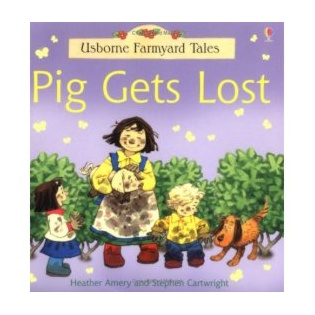
Listen to the book being read aloud
Target Vocabulary: struggles, clever, slips, lifts, climbs, search
Story Elements: setting, characters, problem
As you talk about the story with your child, use the target vocabulary listed above. When retelling the story together, model longer sentences by using the words “and then” to sequence events.
Book 2 Pig Gets Stuck
By: Heather Amery & Stephen Cartwright
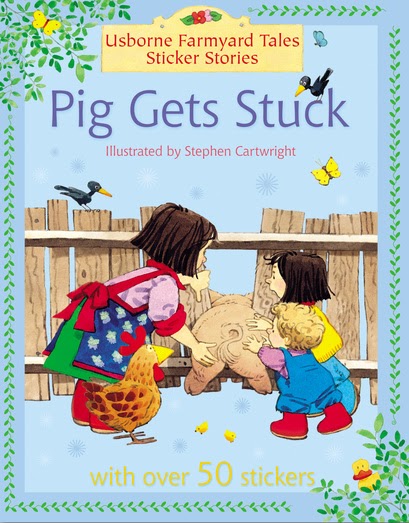
Listen to the book being read aloud
Target Vocabulary: farm vs. barn, squeezes, gobbles, gap, shouting, squeals, through, worried, frightened, hopeful
Story Elements: setting, characters, problem, actions, solution, ending, feelings
As you talk about the story with your child, use the target vocabulary listed above. When retelling the story together, model longer sentences by using the words “and then” to sequence events.
Discussion: After reading or listening both Curly the Pig stories, you could ask your child, “How are the books the same? How are they different? Which one did you like better? Why?”
Book 3 Scarecrow’s Secret
by: Heather Amery & Stephen Cartwright

Listen to the book being read aloud
Target Vocabulary: frightened, scare, worried, clever, odd, funny (weird), quietly, tiptoe/ creep, hiding, shed, spade/shovel, real, mystery, surprise
Story Elements: setting, characters, problem, actions, solution, ending, feelings
As you talk about the story with your child, use the target vocabulary listed above. When retelling the story together, model longer sentences by using the words “and then” to sequence events.
Book 4 Barn on Fire
By: Heather Amery & Stephen Cartwright

Listen to the book being read aloud
Target Vocabulary: siren, roar, roll/unroll, squirt, exciting, emergency, embarrassed, relieved
Story Elements: setting, characters, problem, actions, solution, ending, feelings
As you talk about the story with your child, use the target vocabulary listed above. When retelling the story together, model longer sentences by using the words “and then” to sequence events.
Book 5A The Snow Storm
by: Heather Amery & Stephen Cartwright

Listen to the book being read aloud
Target Vocabulary: clever, naughty, around, the seasons, helpful, worried, surprised, across, carefully, tiny
Story Elements: setting, characters, problem, actions, solution, ending, feelings
As you talk about the story with your child, use the target vocabulary listed above. When retelling the story together, model longer sentences by using the words “and then” to sequence events.
Book 5B The Naughty Sheep
by: Heather Amery & Stephen Cartwright
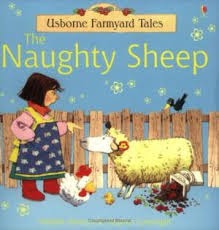
Listen to the book being read aloud
Story Elements: setting, characters, problem, actions, solution, ending, feelings
Discussion: After reading or listening to both Wooly the Sheep stories, you could ask your child, “How are the books the same? How are they different? Which one did you like better? Why?”
Book 6A The Runaway Tractor
by: Heather Amery & Stephen Cartwright
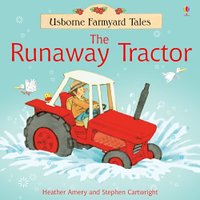
Listen to the book being read aloud
Target Vocabulary: engine, huge, attach, jerks
Story Elements: setting, characters, problem, actions, solution, ending, feelings
As you talk about the story with your child, use the target vocabulary listed above. When retelling the story together, model a complex sentences by using the word “but” to introduce the problem and “so” to talk about what they did to solve the problem.
Book 6B Tractor in Trouble
by: Heather Amery & Stephen Cartwright
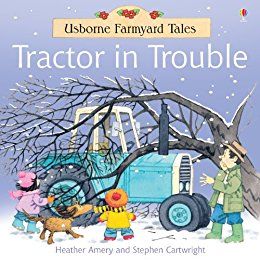
Listen to the book being read aloud
Story Elements: setting, characters, problem, actions, solution, ending, feelings
Story Discussion: After reading or listening to both Tractor stories, you could ask your child, “How are the books the same? How are they different? Which one did you like better? Why?”
Books 1-6 Bear Stories
Book 1: Bear Snores On New book coming soon!
By: Karma Wilson
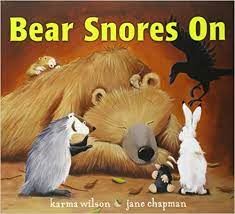
Listen to the book being read aloud
Target Vocabulary:
Story Elements: setting, characters, problem
As you talk about the story with your child, use the target vocabulary listed above. When retelling the story together, model longer sentences by using the words “and then” to sequence events.
Book 2: Bear Can’t Sleep New book coming soon!
By: Karma Wilson
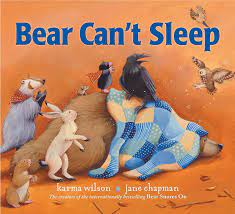
Listen to the book being read aloud
Target Vocabulary:
Story Elements: setting, characters, problem, actions, solution, ending, feelings
As you talk about the story with your child, use the target vocabulary listed above. When retelling the story together, model longer sentences by using the words “and then” to sequence events.
Book 3: Bear Feels Sick New book coming soon!
By: Karma Wilson
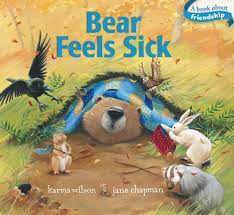
Listen to the book being read aloud
Story Elements: setting, characters, problem, actions, solution, ending, feelings
As you talk about the story with your child, use the target vocabulary listed above. When retelling the story together, model longer sentences by using the words “and then” to sequence events.
Book 4: Bear’s Loose Tooth New book coming soon!
By: Karma Wilson

Listen to the book being read aloud
Target Vocabulary:
Story Elements: setting, characters, problem, actions, solution, ending, feelings
As you talk about the story with your child, use the target vocabulary listed above. When retelling the story together, model a complex sentences by using the word “but” to introduce the problem .
Book 5: Bear Wants More New book coming soon!
By: Karma Wilson
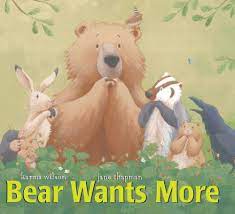
Listen to the book being read aloud
Target Vocabulary:
Story Elements: setting, characters, problem, actions, solution, ending, feelings
As you talk about the story with your child, use the target vocabulary listed above. When retelling the story together, model a complex sentences by using the word “but” to introduce the problem.
Book 6: Bear Feels Scared New book coming soon!
By: Karma Wilson
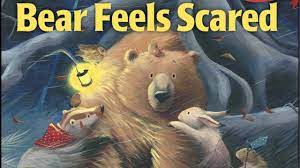
Listen to the book being read aloud
Target Vocabulary:
Story Elements: setting, characters, problem, actions, solution, ending, feelings
As you talk about the story with your child, use the target vocabulary listed above. When retelling the story together, model a complex sentences by using the word “but” to introduce the problem and “so” to talk about what they did to solve the problem.
Discussion: After reading or listening to the Bear stories, you could ask your child, “How are the books the same? How are they different? Which one did you like better? Why?”
Books 7-15
Book 7: The Hummingbird and the Fire New book coming soon!
By: David Bouchard
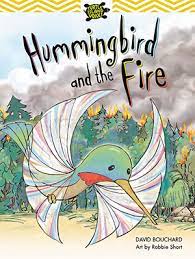
Listen to the book being read aloud
Target Vocabulary:
Story Elements: setting, characters, problem, actions, solution, ending, feelings
As you talk about the story with your child, use the target vocabulary listed above. When retelling the story together, model a complex sentences by using the word “but” to introduce the problem and “so” to talk about what they did to solve the problem.
Book 8: Fast Friends New book coming soon!
By: Heather M O’Connor
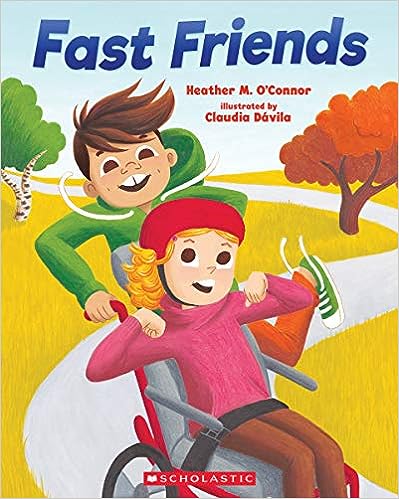
Listen to the book being read aloud
Target Vocabulary:
Story Elements: setting, characters, problem, actions, solution, ending, feelings
As you talk about the story with your child, use the target vocabulary listed above. When retelling the story together, model a complex sentences by using the word “but” to introduce the problem and “so” to talk about what they did to solve the problem.
Book 9: Bilaal Cooks Daal New book coming soon!
By: Aisha Saeed
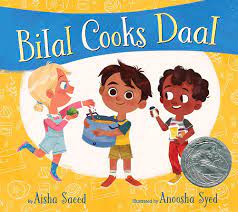
Listen to the book being read aloud
Target Vocabulary:
Story Elements: setting, characters, problem, actions, solution, ending, feelings
As you talk about the story with your child, use the target vocabulary listed above. When retelling the story together, model a complex sentences by using the word “but” to introduce the problem and “so” to talk about what they did to solve the problem.
Book 10: Mixed New book coming soon!
By: Arree Chung
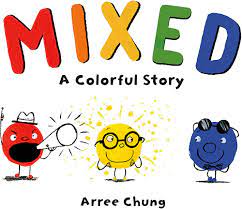
Listen to the story being read aloud
Target Vocabulary:
Story Elements: setting, characters, problem, actions, solution, ending, feelings
As you talk about the story with your child, use the target vocabulary listed above. When retelling the story, use the words “and then” and “but” to talk about what they did and the problems that developed.
Book 11A The Boxitects New book coming soon!
By: Kim Smith
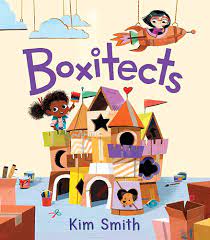
Listen to the book being read aloud.
Target Vocabulary:
Story Elements: setting, characters, problem, actions, solution, ending, feelings
As you talk about the story with your child, use the target vocabulary listed above. When retelling the story, use the words “and then” and “but” to talk about what they did and the problems that developed.
Book 11B: The Nowhere Box New book coming soon!
By: Sam Zuppardi
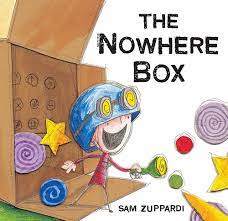
Listen to the story being read aloud
Story Elements: setting, characters, problem, actions, solution, ending, feelings
When retelling the story, use the words “and then” and “but” to talk about what they did and the problems that developed.
Story Discussion: After reading or listening to both Box stories, you could ask your child, “How are the books the same? How are they different? Which one did you like better? Why?”
Book 12A Goldilocks and the Three Bears
by: Valerie Gorbachev
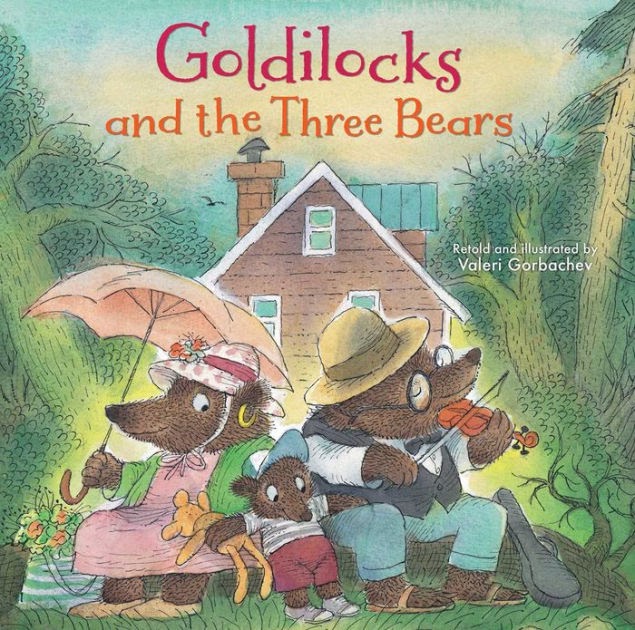
Listen to this book being read aloud
Target Vocabulary: curious, investigate, delicious, medium, leaped, intruder, shocked, startled, hurried
Story Elements: setting, characters, problem, actions, solution, ending, feelings
As you talk about the story with your child, use the target vocabulary listed above. When retelling the story, use the word “because” to talk about why furniture broke, or why the bears were angry.
Book 12B Deep in the Forest (Parallel Story)
by: Brinton Turkle
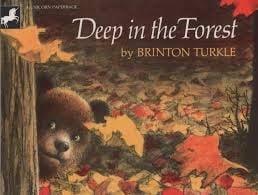
Story Elements: setting, characters, problem, actions, solution, ending, feelings
This is a wordless picture book. Use the pictures to tell the story to your child.
Story Discussion: After reading or listening to the different Bear stories, you could ask your child, “How are the books the same? How are they different? Which one did you like better? Why?”
Book 13: Buniq’s Boots New book coming soon!
By: Robert Cutting

Target Vocabulary
Story Elements: setting, characters, problem, actions, solution, ending, feelings
As you talk about the story with your child, use the target vocabulary listed above. When retelling the story together, model a complex sentences by using the word “but” to introduce the problem and “so” to talk about what they did to solve the problem.
Book 14: Awasis and the World Famous Bannock New book coming soon!
By: Dallas Hunt
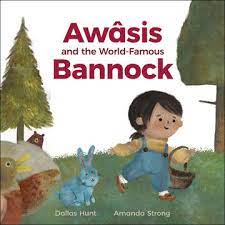
Listen to this book being read aloud
Target Vocabulary
Story Elements: setting, characters, problem, actions, solution, ending, feelings
As you talk about the story with your child, use the target vocabulary listed above. When retelling the story together, model a complex sentences by using the word “but” to introduce the problem and “so” to talk about what they did to solve the problem.
Book 15A: The Mitten
By: Jen Brett
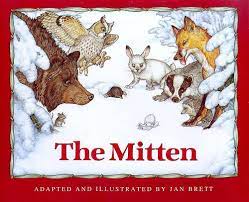
Target Vocabulary
Story Elements: setting, characters, problem, actions, solution, ending, feelings
As you talk about the story with your child, use the target vocabulary listed above. When retelling the story together, model a complex sentences by using the word “but” to introduce the problem and “so” to talk about what they did to solve the problem.
Book 15B: The Hat
By: Jan Brett
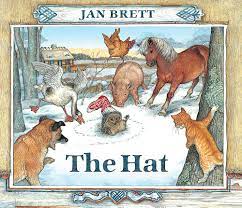
Listen to this book being read aloud
Story Discussion: After reading or listening to The Hat and The Mitten, you could ask your child, “How are the books the same? How are they different? Which one did you like better? Why?”
